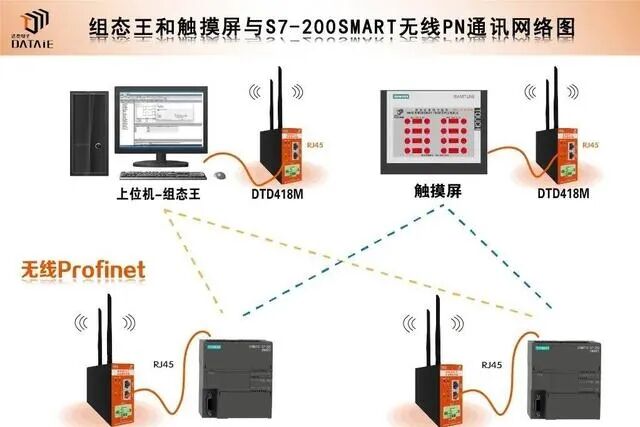“PLC Device Coordination: Cross-System Collaboration Solutions, Boosting Production Efficiency by 80%, Boss Calls It Professional!”

Have you ever been driven crazy by the “information islands” on the production line?
Guess what? Yesterday, Old Zhang’s food factory had another fryer explosion—the PLC of the packaging line was outputting wildly, while the PLC of the filling line was completely unresponsive. A loss of 150,000 in one day! This isn’t a machine strike; it’s just throwing money down the drain!
A bloody lesson has arrived:
A certain chemical plant, due to PLCs working independently, had steam valves and cooling pumps never on the same channel, resulting in an extra 5 million in electricity costs each year (enough to buy three BMW 5 Series cars!).
In an automotive factory, welding robots and conveyor belts were “breaking up”; every hour of downtime meant 30 fewer cars assembled (the boss’s heart is bleeding).
The most ridiculous case was a bottled water factory—data between the labeling machine and filling machine was actually transferred manually using USB drives! This operation is more primitive than my grandmother using an old phone!
Getting equipment coordination right is like forming a band; you need to tune it at three levels:
▌Physical Layer: First, hold a wedding for the devices (don’t think too much!).
Network cables as matchmakers: 4-core industrial network cables with waterproof connectors.
Switches as officiants: Only those with ring network redundancy are reliable.
▌Protocol Layer: Hire a United Nations translator.
Modbus TCP: The Mandarin of the device world.
OPC UA: An encrypted love letter.
▌Data Layer: Let the devices “date”.
Heartbeat monitoring: Saying “I love you” three times a second.
Interlocking logic: Dare to stop? I will immediately cut off the power for protection!
(Practical solution package)
Three tricks to solve various issues:
Discrete manufacturing scenarios:
Wireless Modbus networking + edge computing box (cheaper than a Starbucks combo).
Process industry:
EtherCAT ring network + time-sensitive networking (synchronization accuracy to microsecond level).

Cross-plant coordination:
5G private network + protocol converter (faster than SF Express).
(Technical pitfall guide)
❗ Never step on these mines:
Grounding as decoration: A certain factory burned 500,000 worth of circuit boards because of this (the money for snacks could have done the equipotential bonding!).
Mixing protocols: Siemens S7 and Omron FINS talking directly? It’s like making a Guangdong person listen to Shanxi dialect!
(ROI impact comparison)
The truth about achieving big results with small investments:
Investment in networking equipment: 200,000 (about three times the cost of major equipment repairs).
Cost savings:
Fault diagnosis time ↓ 70% (less overtime means more time for binge-watching).
Loss from abnormal downtime ↓ 80% (the boss finally dares to buy a Mercedes).
Energy consumption ↓ 15% (enough for the whole factory to enjoy bubble tea freedom).
(Implementation roadmap)
Follow my three steps:
Baseline assessment: Give all PLCs a “health check report”.
Local testing: Start with the packaging line (no fear of failure).
Full deployment: Deploy the solution like handing out wedding candies.
(Interactive conclusion)
Three soul-searching questions:
Is your equipment still “talking nonsense”?
Do you have to run around for every fault diagnosis?
Do you want your boss to give you a bonus?
The first 50 friends to like this will receive the “Industrial CP Quick Start Manual” via private message!
Equipment coordination is not a multiple-choice question; it’s a matter of life and death—either spend a little to network, or wait to be left behind by your competitors!